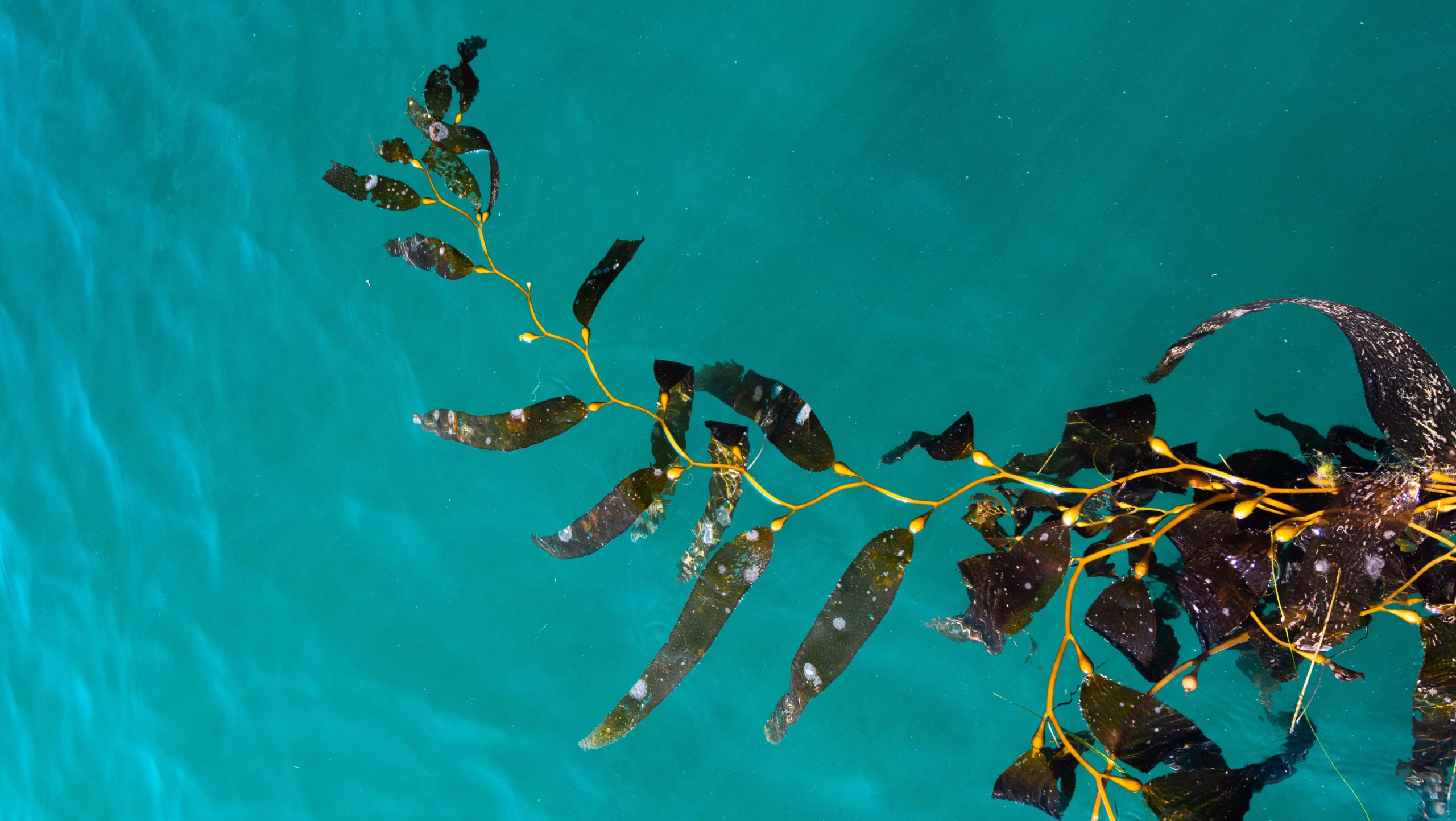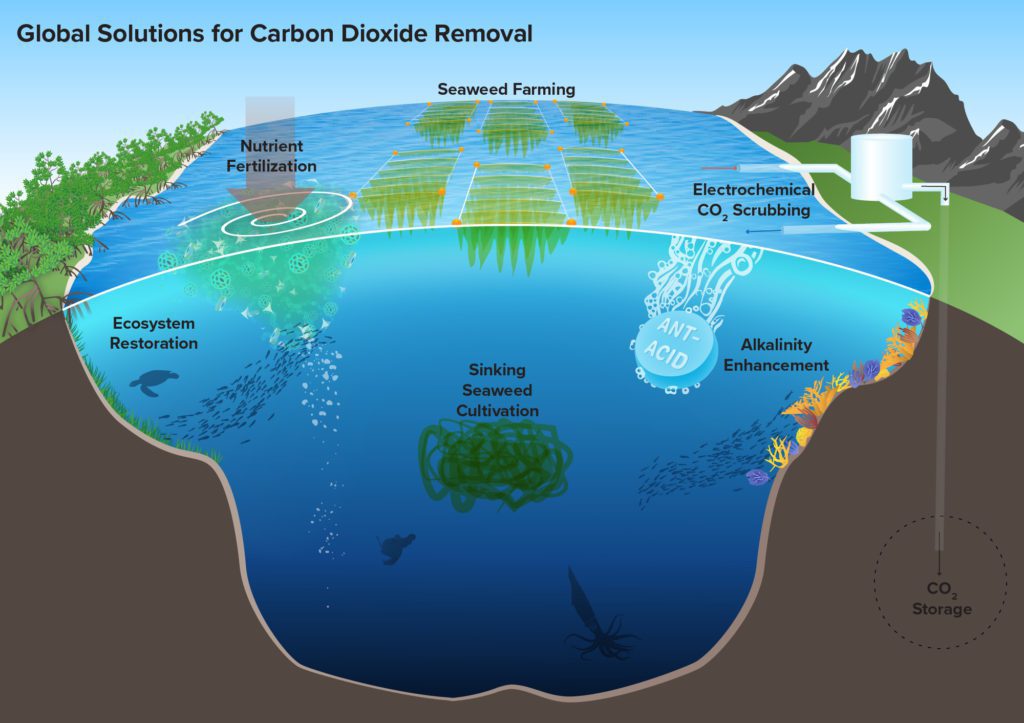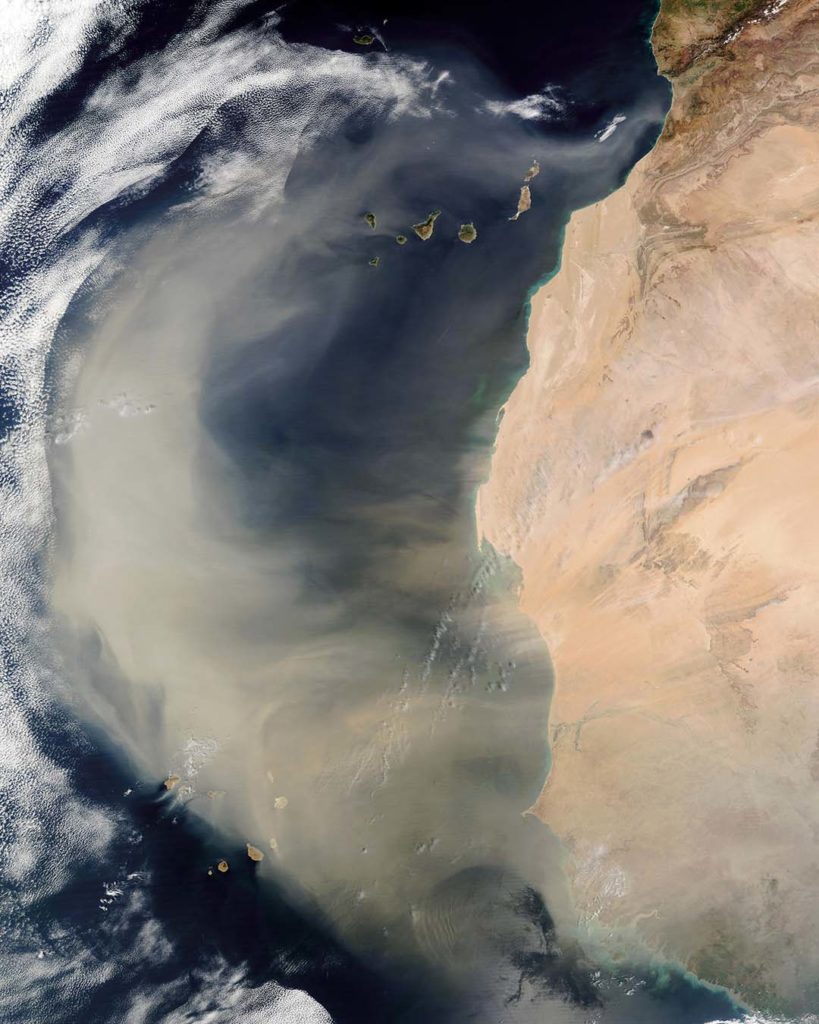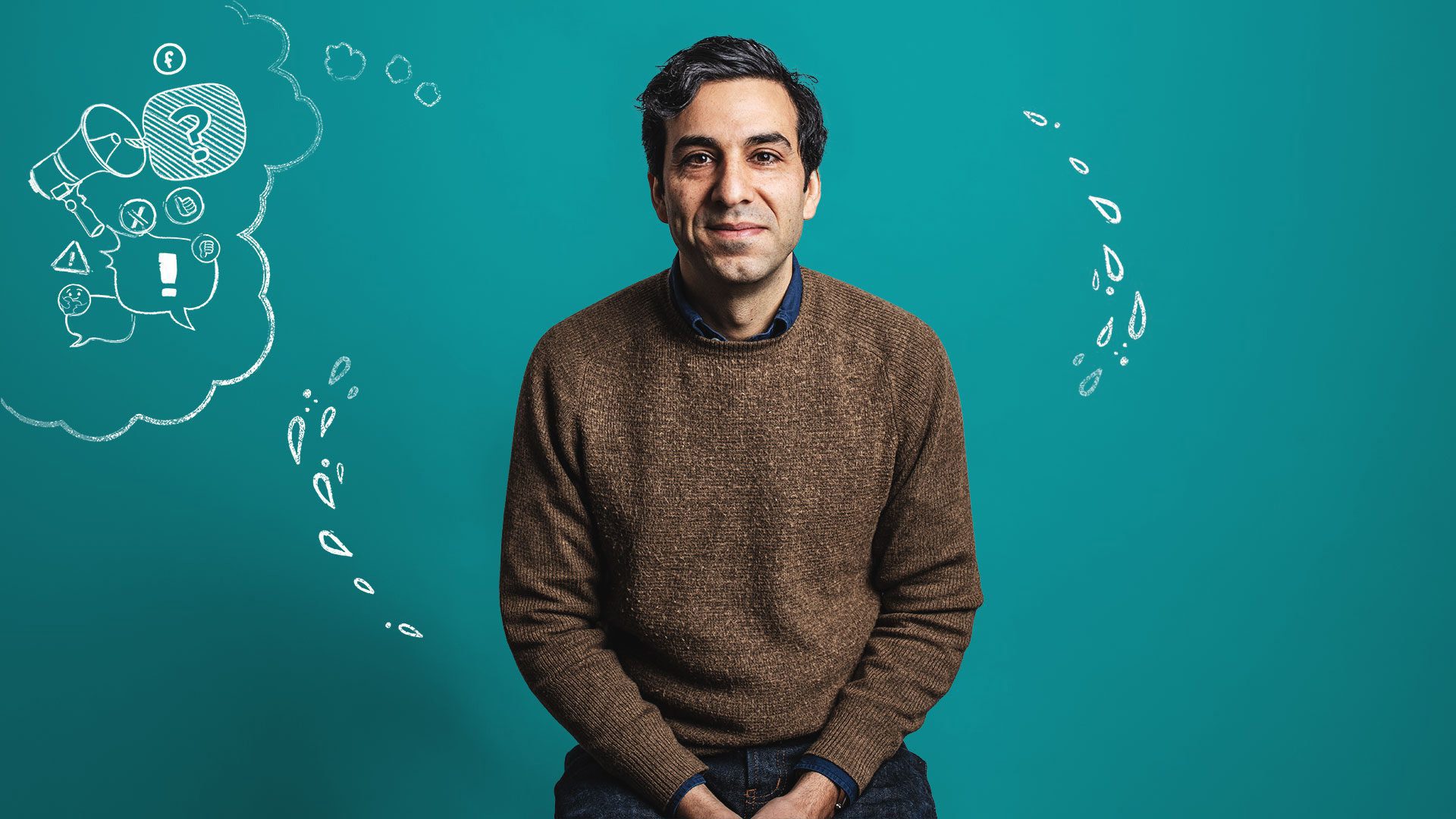National Academy scientists say the ocean must play a role in CO2 removal to stave off climate change
A committee from the National Academy of Science reviews ocean-based methods to remove carbon dioxide in order to meet the Paris Climate Agreement goals

Estimated reading time: 5 minutes
A new report from the National Academy of Sciences, Engineering, and Medicine (NASEM) says the need to use the ocean in removing excess carbon dioxide from the atmosphere is no longer a suggestion. It's a necessity.
On December 8, 2021, a special committee from the academy concluded an 18-month assessment of ocean-based solutions that would help remove excess carbon dioxide out of the atmosphere, keeping planetary warming below 2°C, per the Paris Climate Agreement. That won't be achievable without using some combination of both land and sea-based carbon dioxide removal (CDR) techniques, say report authors.
"There's no doubt we are in the middle of a climate crisis that requires immediate greenhouse gas reductions and carbon dioxide removal," says WHOI marine chemist and NASEM committee member Ken Buesseler during a recent presentation. "We need to get CO2 out of the atmosphere."
Buesseler, along with 12 committee members-spanning disciplines from ocean science, engineering, social science, and law-reviewed the feasibility of at least five ocean intervention methods that could enhance the ocean's natural ability to uptake CO2. Along with land-based carbon dioxide removal (CDR) and cutting of fossil fuel use and emissions, ocean-based CDR could make it easier for the world to close in on its climate goals, according to the committee.
Here are five key takeaways from the report:
The ocean has the largest capacity for carbon dioxide removal
It's widely known that the ocean is one of Earth's natural carbon sinks, a reservoir more than 50 times bigger than the planet's atmosphere. It naturally absorbs roughly one-third of fossil fuel emissions humans produce each year, making it a natural medium for CDR. In fact, the concept of enhancing the ocean's uptake of carbon dioxide has been around for decades . But unlike land-based methods, the sea provides us with far more space--a full 70% of the planet's surface. That means having more area to scale-up carbon capturing technologies across the planet.
There are at least six major ocean-based methods of carbon dioxide removal

While ocean-based carbon dioxide removal can take a multitude of forms, there are at least six prominent methods (represented here) considered in the recently released NASEM report. (Illustration by Natalie Renier, © Woods Hole Oceanographic Institution)
The ways in which we can enhance the ocean's ability to suck up carbon dioxide fall broadly into two categories: biotic and abiotic.
"Biotic" includes things that use sunlight to increase photosynthesis. One popular example includes (1) seaweed farming and aquaculture along coastal areas, increasing the planet's green spaces that need CO2 to grow. Another, (2) nutrient fertilization would focus on feeding tiny marine plants, or phytoplankton, with fortifying nutrients like iron and phosphorous to enhance their growth and uptake of CO2-process that also takes place naturally when desert sand is carried by the wind to the sea. A third, (3) ecosystem restoration would mean returning vital links in the food chain to help move carbon dioxide from plants into marine herbivores, and their shallow and deep-water predators. An end result of these food chains, fecal matter and detritus, carries the carbon to the deep sea, helping with the removal of CO2 out of the atmosphere. Perhaps more technical is the concept of (4) artificial upwelling and downwelling. This would use open-ocean pumps like elevators to bring nutrients up from deeper water that increase the productivity of marine plants, while at the same time returning carbon to the depths.
"Abiotic" solutions include things like (5) "alkalinity enhancement," which would mean adding large quantities of Alka Seltzer-like compounds from natural ground-up rocks and minerals to raise the pH of seawater so it can more readily absorb CO2. Finally, (6) electrochemical CO2 removal is the idea that we could pump seawater into coastal facilities that would use electricity to separate CO2 from the water (a process called electrolysis). From there, operators can bury the carbon dioxide in underground reservoirs.
Scientists are not endorsing any one solution over another

Researchers survey a kelp farm run by the University of New England in Saco Bay, Maine, using a REMUS 100, a robotic underwater vehicle (not visible) equipped with specialized sonar, cameras, and environmental sensors.(Photo by Sean Patrick Whelan, Woods Hole Oceanographic Institution)
While some methods are more technical or costly than others, and have differing capacity for CO2 removal, the report's authors note that they are not endorsing any one over another. Scientists and engineers agree they will need to study these ideas further before any are ready to be carried out. The report suggests we would need to start researching the feasibility and impacts of these solutions now for at least five to 10 more years.
We need to get international stakeholders on the same page
There are a number of logistical hurdles ahead for the solutions mentioned above that go beyond funding. The most pervasive include: policy support from the national and international communities; permitting for things like testing sites; and long-term monitoring. Most importantly, each solution will need a code of conduct that the global community can agree on. This might mean setting space standards for seaweed farms, or identifying where and how alkalinity enhancement would be carried out.
Scientists are still learning about the environmental impacts of these solutions

The oceans are often naturally fertilized by dust storms like this one in 2003, which covered a vast swath of the Atlantic Ocean with an iron-rich plume from the Sahara Desert, extending more than 1,000 miles, from the Cape Verde Islands (lower left) to the Canary Islands (top center). (Image courtesy of Jacques Descloitres, MODIS Rapid Response Team, © National Aeronautic and Space Administration)
It's hard to say how techniques like alkalinity enhancement and iron fertilization will affect marine ecosystems over the long-term. The authors note that we will need to be careful that the intended and unintended consequences are carefully weighed against the consequences of doing nothing.
Humankind has had a long history of trying to restore ecosystems with unintended consequences. That is why it will be paramount to fund extensive research and trials of these methods, first in laboratories and then in small-scale coastal and open ocean environments.
"One thing is for sure," says Buesseler. "The consequences of planetary warming and climate change will be far worse if we don't have the science to evaluate all the potential ocean-based solutions to our climate crisis."
The report "A Research Strategy for Ocean-based Carbon Dioxide Removal and Sequestration" is sponsored by the ClimateWorks Foundation. You can download the full 300-page version now here.



